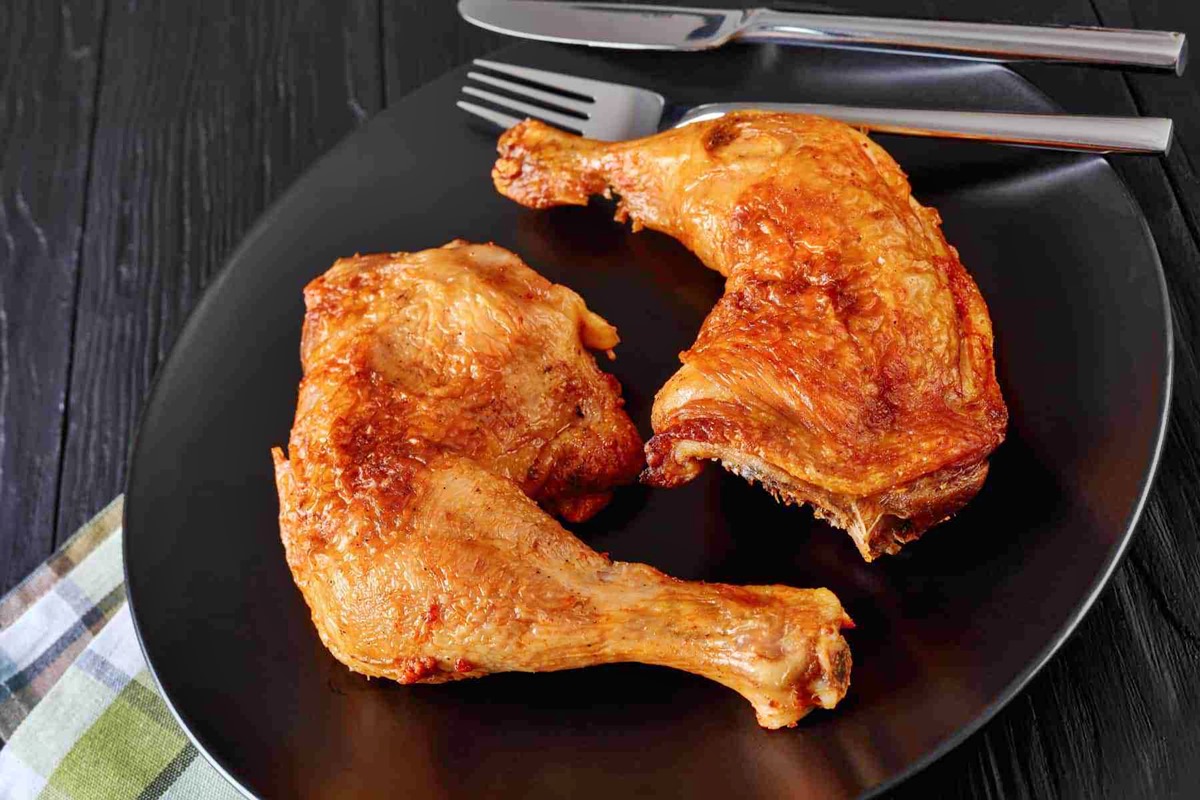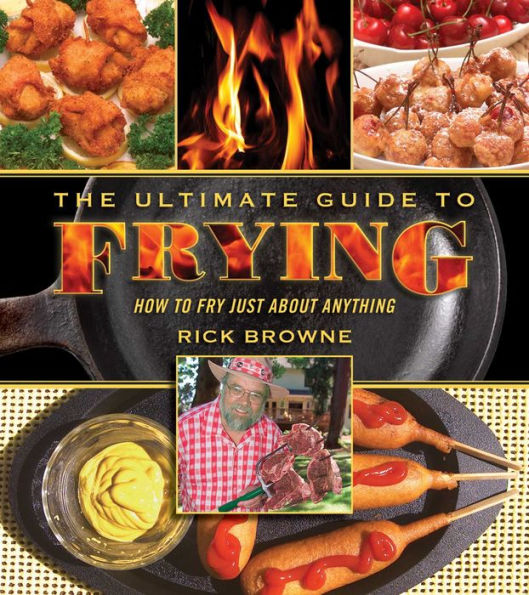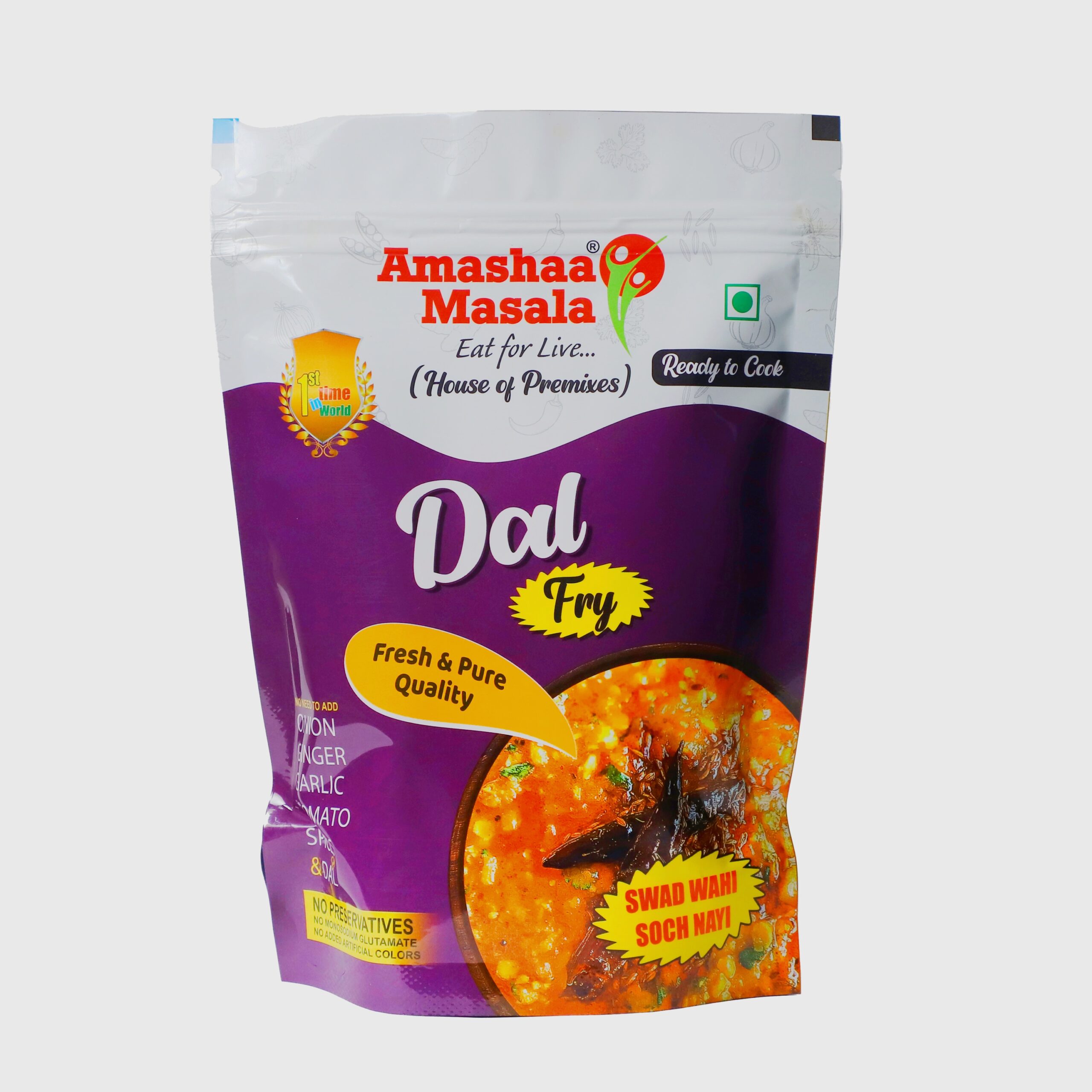Mastering Fry 99: Your Comprehensive Guide To Crispy Perfection Today
Have you ever dreamed of making food that comes out of the fryer with that amazing, satisfying crunch, golden brown on the outside, and perfectly cooked inside? That kind of cooking, the one where everything just clicks, is what we call "Fry 99." It is a pursuit of near-perfect frying results, a method that seeks consistency and excellence in every single bite. This isn't just about throwing food into hot oil; it's about understanding the nuances, the tiny details that separate good fried food from truly outstanding fried food.
This guide will walk you through the steps to achieve that kind of perfection, so you can confidently prepare a variety of delicious fried treats. You will learn about the right tools, the best oils, and how to control the heat, which, in a way, is a bit like ensuring a smooth operating agreement for your kitchen. We will cover how to get your ingredients ready, the actual cooking process, and what to do once your food is done.
Making something truly special in the kitchen, especially with frying, feels really good. There's a certain satisfaction that comes from pulling out a piece of food that looks and tastes exactly as it should, with that wonderful crisp texture. It's a skill that, with a little practice and the right guidance, anyone can pick up, and you might find it becomes one of your favorite ways to cook.
- Faith Adanza Sex
- V3 Vegamovies.bitbucket.io
- Remoteiot Web Ssh Example
- Abby Berner Leaks
- Anjali Arora Viral Video
Table of Contents
- Introduction to Fry 99
- The Right Gear for Frying Success
- Choosing Your Oil Wisely
- Temperature Control: The Golden Rule
- Prepping Your Ingredients for the Fry
- The Frying Process: Step-by-Step
- Post-Frying Care and Cleanup
- Troubleshooting Common Frying Issues
- Frequently Asked Questions About Fry 99
Introduction to Fry 99
Fry 99, as we talk about it here, stands for achieving a near-perfect outcome in your frying endeavors, a kind of consistent excellence. It is about understanding that frying is more than just hot oil; it's a series of careful steps and observations. Just like how a superintendent might change their mind on what type of feed water injection system they wanted for a new vulcan, we often adjust our frying methods to get the best results, always aiming for that ideal finish.
This approach helps you avoid common problems like soggy coatings or burnt exteriors with raw insides. It is about building confidence in your cooking, knowing that each batch will come out beautifully. Really, it's about making sure your food has that delightful crispness and wonderful taste every single time you cook.
When you commit to the principles of Fry 99, you are committing to a higher standard of cooking. It is a way to ensure that your efforts in the kitchen are always rewarded with truly enjoyable food. This method is, in some respects, a bit like preserving a historic technique, keeping the best parts while refining others for today's kitchens.
The Right Gear for Frying Success
Having the proper tools is a big part of getting your fried food just right. You need a sturdy pot, one that is heavy-bottomed and has tall sides to prevent oil from splashing out. A Dutch oven or a deep stockpot works very well for this purpose, so it's almost a must-have.
A good thermometer is another thing you will want to have. This is not just any thermometer; it should be one that clips to the side of your pot and can read high temperatures accurately. Getting the oil to the right temperature and keeping it there is, in a way, the most important part of the whole process. Without it, you might find your food either gets too greasy or burns too quickly.
You will also need some long tongs or a spider strainer to safely put food into the hot oil and take it out. A wire rack set over a baking sheet is perfect for draining excess oil from your cooked items, which helps keep them wonderfully crisp. Having the right tools is like ensuring all the original parts are there for a historical engine; it makes the operation smooth and, you know, just better.
Choosing Your Oil Wisely
The type of oil you pick plays a really big role in how your fried food turns out. Different oils have different "smoke points," which is the temperature at which they start to break down and smoke. You want an oil with a high smoke point, because you will be cooking at pretty high temperatures, usually between 350°F and 375°F (175°C and 190°C).
Good choices include peanut oil, canola oil, vegetable oil, or corn oil. These oils have a neutral flavor, so they will not overpower the taste of your food. Olive oil, on the other hand, has a lower smoke point and a stronger flavor, so it is generally not a good choice for deep frying. Selecting the right oil is a bit like an operating agreement for your kitchen; it sets the terms for success and, really, defines the quality of your finished dish.
You will also want to use enough oil. The food should be able to float freely in the oil without touching the bottom of the pot. This helps it cook evenly and get that nice, consistent color. Using too little oil can cause the temperature to drop too much when you add food, leading to soggy results, and nobody wants that, do they?
Temperature Control: The Golden Rule
Maintaining a steady oil temperature is, arguably, the most important aspect of Fry 99. If the oil is too cool, your food will soak up too much oil, making it greasy and heavy. If it is too hot, the outside will burn before the inside has a chance to cook through. This balance is key to achieving that perfect texture.
Always use your thermometer. Heat the oil slowly and steadily until it reaches your desired temperature. When you add food, the temperature will drop, so you might need to adjust the heat to bring it back up. Do not overcrowd the pot; frying in small batches helps keep the oil temperature more stable. This careful monitoring is, you know, very important.
Keeping the oil at the right temperature is a precise art, much like the careful documentation of a reconstruction project. Every degree matters, and paying close attention will truly make a difference in your final product. It is a skill that comes with practice, but the thermometer is your best friend in this part of the process.
Prepping Your Ingredients for the Fry
Getting your food ready before it hits the oil is another step that makes a big difference. For most things you fry, you want them to be as dry as possible. Any moisture on the surface of your food will cause the oil to splatter and can also lower the oil temperature too quickly. So, patting things dry with paper towels is a simple but effective step, and it really helps.
If you are using a batter or breading, make sure it sticks well to the food. A good coating acts as a barrier, protecting the food inside while creating that lovely crisp exterior. For breaded items, a simple three-step process (flour, egg wash, breadcrumbs) usually works best. Proper preparation helps preserve the quality, like trying to acquire and preserve what little is left of some remaining buildings; it keeps the essence intact.
Also, consider the size and thickness of your ingredients. Smaller, more uniform pieces will cook more evenly. If you have very thick pieces, you might want to consider pre-cooking them slightly or cutting them into thinner portions to ensure they cook all the way through without burning the outside. This little bit of planning makes a big impact.
The Frying Process: Step-by-Step
Now for the actual frying! Once your oil is at the correct temperature, carefully place your prepared food into the hot oil. Do this gently, so you do not splash yourself with hot oil. Use tongs or a spider strainer for this. Remember to work in small batches. Crowding the pot will drop the oil temperature too much, and your food will not get crispy; it will just get greasy, which is a bit of a tragedy, really.
Allow the food to cook until it is golden brown and cooked through. The cooking time will vary depending on the type and size of the food. For example, thin-cut fries will cook much faster than a piece of chicken. Keep an eye on the color; that golden hue is your visual cue that it is getting close to perfect. Each step in the process needs care, a bit like those extensive communications ensuring every detail is certain to have been handled correctly for a complex project.
Once cooked, carefully remove the food from the oil using your tongs or spider strainer. Hold it over the pot for a moment to let excess oil drip off. Then, place the fried food on that wire rack you set up earlier, not directly on paper towels. The rack allows air to circulate, which helps keep the food crisp. Paper towels underneath will catch any drips, so that is, you know, pretty handy.
Post-Frying Care and Cleanup
After you have removed your beautifully fried food from the oil, a quick sprinkle of salt while it is still hot can make a world of difference. The salt sticks better to the warm, slightly oily surface, enhancing the flavor. This simple step can really elevate the taste, so, you know, do not skip it.
Once your oil has cooled down completely, you can strain it through a fine-mesh sieve lined with cheesecloth or a coffee filter. This removes any food particles, which can burn if you reuse the oil. Storing clean oil in an airtight container in a cool, dark place will allow you to use it again for a few more frying sessions. Cleaning up is a part of the process, preventing a mess, much like how current weather conditions might affect operations; you prepare for it.
Proper disposal of old oil is also important. Never pour it down the drain, as it can clog pipes. Instead, let it cool, pour it into a non-recyclable container (like an old milk carton or coffee can), and throw it in the trash. This little bit of effort helps keep things clean and tidy, and it is, you know, the right thing to do.
Troubleshooting Common Frying Issues
Sometimes, things do not go exactly as planned, and that is perfectly okay. If your fried food comes out soggy, it usually means your oil was not hot enough. The food sat in the oil too long without getting crisp, soaking up the grease. The solution? Make sure your oil is at the correct temperature before you start, and do not overcrowd the pot. When things go wrong, it is like a train not running for the first time in 52 years; you need to figure out the source of the problem.
If your food is burnt on the outside but raw inside, the oil was likely too hot. The outside cooked too fast, leaving the middle uncooked. Turn down the heat a bit and give the food more time to cook through at a slightly lower, more consistent temperature. This happens sometimes, but it is easy to fix once you know what is going on.
Uneven browning can happen if your food pieces are not uniform in size or if you are not turning them often enough. Try to cut your ingredients into similar sizes and give them a gentle stir or flip while they are frying to ensure all sides get that beautiful golden color. This attention to detail is, really, what Fry 99 is all about.
Frequently Asked Questions About Fry 99
Here are some common questions people ask about frying, so, you know, these might help you too.
What is the best temperature for frying most foods?
For most foods, a temperature between 350°F and 375°F (175°C and 190°C) is ideal. This range helps ensure the food cooks through while getting that wonderful crisp exterior. Using a good thermometer is very important for keeping the oil in this range, as I was saying earlier.
How do I know when the oil is hot enough without a thermometer?
While a thermometer is strongly recommended, if you do not have one, you can do a simple test. Drop a small piece of bread or a bit of batter into the oil. If it immediately sizzles and turns golden in about 30-60 seconds, the oil is probably ready. If it just sits there, it is too cool. If it burns instantly, it is too hot. This method is, you know, a bit of a rough guide.
Can I reuse frying oil?
Yes, you can usually reuse frying oil a few times, especially if you have been frying relatively clean foods like vegetables or breaded items. After each use, let the oil cool completely, then strain it through a fine-mesh sieve lined with cheesecloth or a coffee filter to remove any food bits. Store it in an airtight container in a cool, dark place. If the oil smells bad, looks very dark, or starts to smoke at lower temperatures, it is time to discard it. This practice is, in some ways, like preserving what is left, as we discussed with the old railway stock.
Learn more about cooking techniques on our site, and link to this page for more kitchen tips.
- Remoteiot Web Ssh Example
- Howard Morley Oregon
- Abby Berner Leaks
- Teach Me First Comic Free
- Wasmo Telegram Link 2025

The Ultimate Fry-Up Guide - Recipes.net

The Ultimate Guide to Frying: How to Fry Just about Anything by Rick

Fry 99.in: Your Ultimate Guide To Crispy Delights